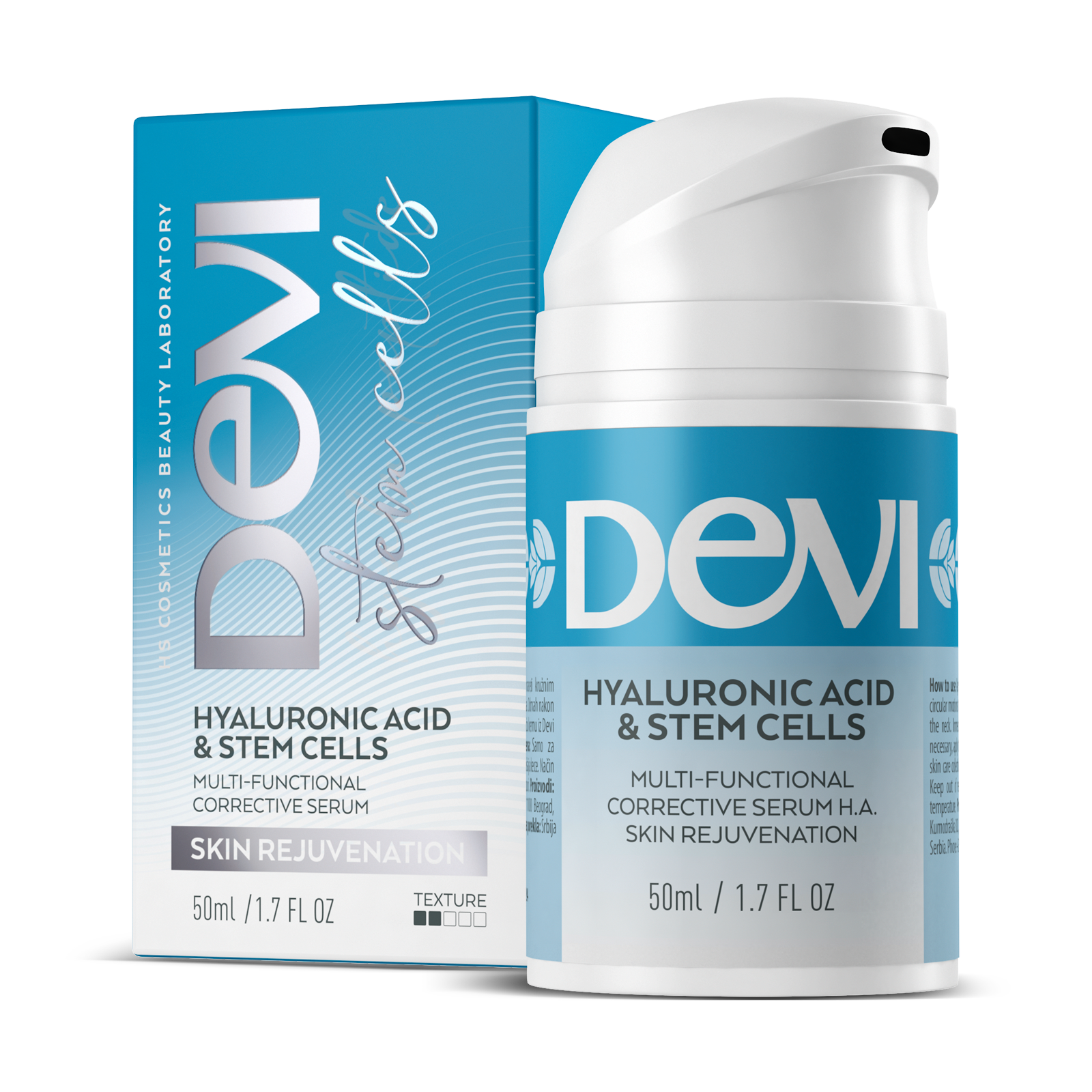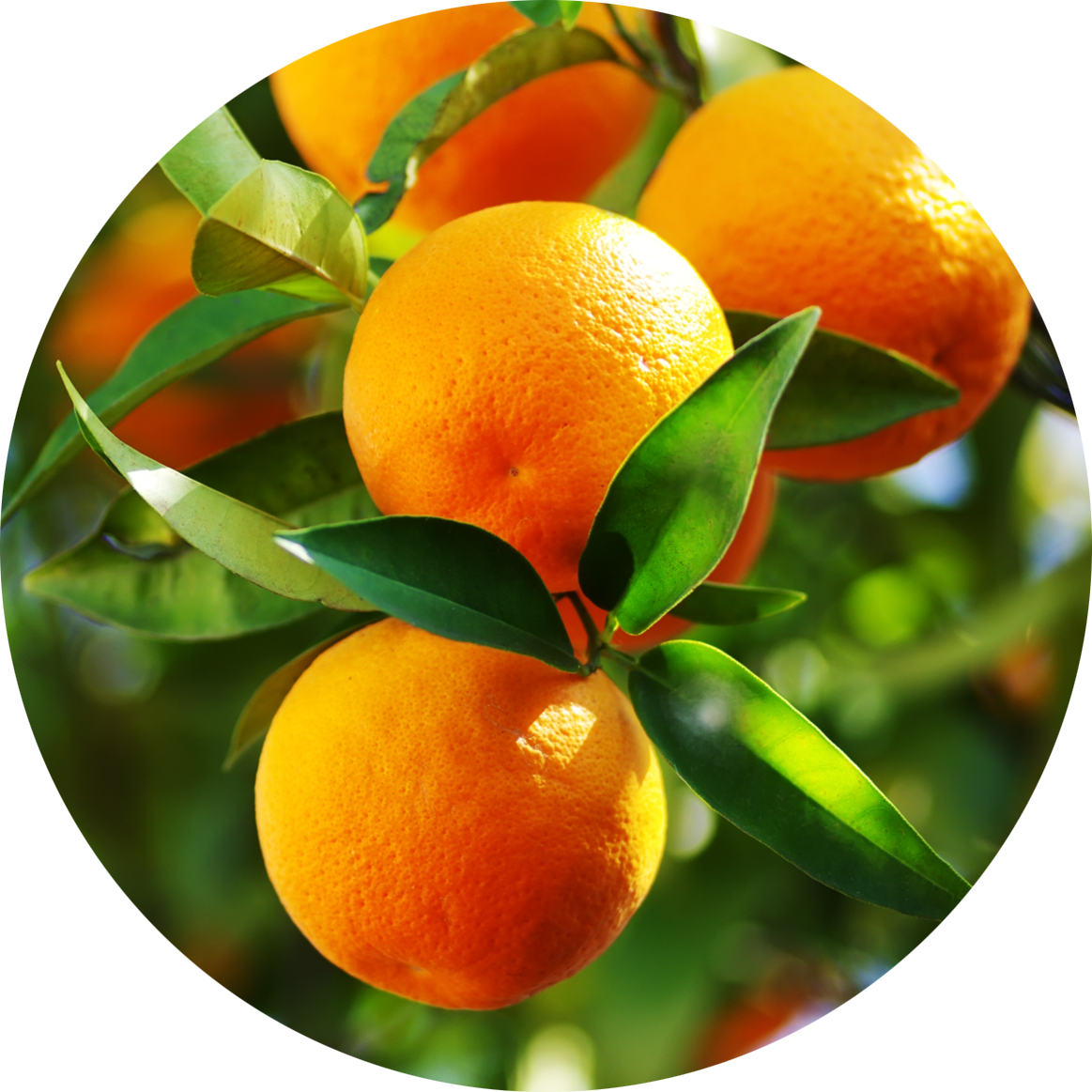(Citrus aurantium dulcis)
The fruit that is an integral part of our lives today exists thanks to human skill. Orange as we know it today does not exist in the wild – it was created by crossing mandarin and the pomelo. Its homeland is in the Far East, more precisely the south of China, northeast India and Myanmar (Burma). The Moors were the first to bring it to Europe, to the south of Spain, where the first orchards were planted in the 10th century. By the 17th century, the intoxicating scent of this fruit permeated the royal palaces of Western Europe. However, it was a rare and expensive delicacy for the poor, although they were those who needed it most as scurvy was the scourge of the slums. Precisely because of scurvy which was common among sailors at the time of the “conquest” of new continents, Spanish, Portuguese and Dutch sailors used to plant orange trees along their way and this is how its global cultivation began. Today, Brazil is the second largest producer of this fruit in the world, after China. The origin of orange has been retained in the German language – Apfelsine – which literally means “an apple from China”. In addition to the many benefits that this fruit has given us, a colour was named after it. It is interesting that the colour orange was used in English for the first time two centuries after the fruit had reached England.
Today, there are numerous varieties of oranges, over 600 of them; we can buy them in our grocery stores in autumn, winter and spring, just in the period when there is little locally-grown fruit, so its nutrients are more than precious to us. There is a difference between bitter orange, Citrus aurantium, which is often used in the food industry, and sweet orange Citrus sinensis, which we eat raw. Orange oil, which is especially useful for the skin, is obtained from the Citrus aurantium dulcis species. Orange is rich in flavonoids, mostly naringin characteristic of citrus fruits, carotenoids – beta carotene, lutein and beta cryptoxanthin, as well as volatile compounds that give it a characteristic aroma.
ORANGE, SOURCE OF VITAMIN C
Orange contains numerous vitamins and minerals, most of all vitamin C. One hundred grams of orange contains 53 milligrams of this vitamin, which people, unlike animals, cannot synthesise on their own, but must take in through food. The recommended daily intake of this vitamin in children, depending on age, is 25 to 45 mg, and in adults 75 to 90 mg, so it is clear that only one orange is enough to prevent scurvy. Vitamin C is necessary for immunity, healthy skin, blood vessels, bones and cartilage; without it the synthesis of collagen, L-carnitine, the work of neurotransmitters, normal metabolism of proteins and absorption of some other vitamins and minerals are impossible. This vitamin is a very important antioxidant that prevents the harmful effects of free radicals and thus protects cells from oxidative stress, thus preventing a number of disorders, from cardiovascular to the most severe – cancer.
Orange, with its fibres and acid, speeds up digestion, its beta carotene and lutein protect the eyes, it also helps us to be more beautiful – it rejuvenates the skin and strengthens the hair. It can be used whole: its skin, which we often throw away, is full of precious oil that has a beneficial effect on our skin – it revitalises it, soothes wrinkles, has an antiseptic effect, promotes microcirculation and thus prevents swelling and has a strong anti-inflammatory effect. That is why orange is a common ingredient in modern anti-ageing cosmetics today, something that has a strong scientific backing.
STEM CELLS
Just as people managed to create oranges by learning the skill of crossing plants, science today has found a way to get the best out of them. Stem cells are known for their power to regenerate and repair, specifically in plants – they repair damaged cells and replace dead ones with new ones. In this way, a plant is able to fully recover. As orange stem cells are too large to penetrate our skin, they are processed and “broken” in the laboratory and molecules that are of special use to us are isolated and stored. These are the so-called growth factors that are rich in amino acids, organic acids and sugars, proteins and peptides. Orange stem cell extract is dominated by neohesperidin and naringin, powerful antioxidants that have a proven anti-ageing effect.
Although orange stem cells cannot multiply in our skin, they have a great ability to protect existing cells. Today we know that the process of ageing reduces the ability to produce and regenerate collagen, so with age we get wrinkles, the skin loses elasticity, the complexion becomes dull and the skin on our face becomes prone to developing blemishes, dark circles under the eyes and inflammation. Orange, with its stem cells, can help us restore skin elasticity by improving collagen synthesis and the quality of the overall extracellular matrix, reduce damage caused by oxidative stress and thus redefine skin structure, restore firmness, radiance and youthful complexion, while preventing and eliminating inflammation in the process.
By following modern trends in pharmacy and cosmetics, Herba Svet laboratories have created a serum that contains the best of plants. Stem Cells & Hyaluronic Acid Serum, which contains stem cells of orange and lingonberry in addition to a number of top quality beneficial ingredients, contributes to the revitalisation of dry and tired skin, strengthens its tone, rehydrates and rejuvenates it, reduces wrinkle visibility and improves the appearance of skin micro-relief by giving it a smooth complexion. With one orange a day and by applying just one dose of this exceptional serum to the face every morning, we can maintain our health and youthful appearance – the value of which we are becoming increasingly aware of as the years go by.

